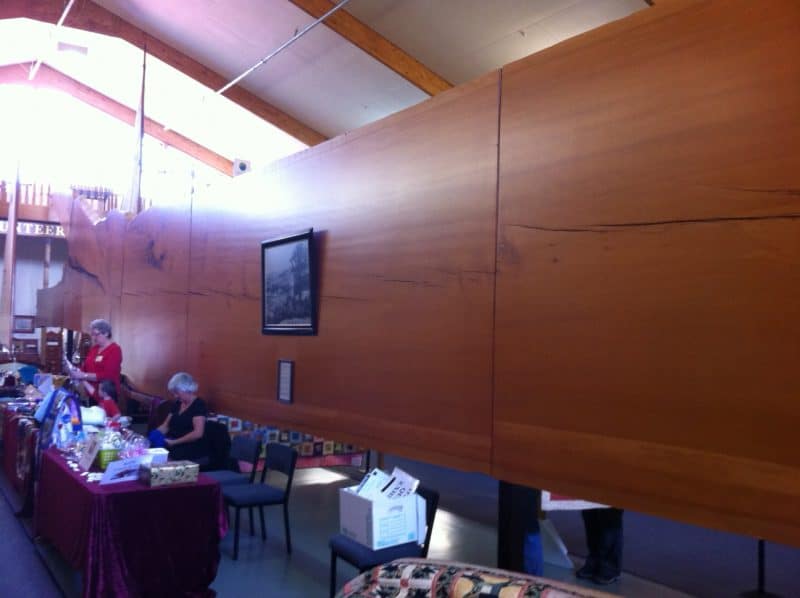The Kauri is the Symbol of New Zealand’s Northland

If there is one symbol of all of the North Island New Zealand places I’ve been on this trip, it would be the Kauri tree. This tree shaped the country and made the economy and determined what people did when they first arrived here. It’s a sad story of timber and gum, of abundance, intense consumption. and sad regret with an ending that preserved just 4% of a tree that once covered nearly the entire North Island.
Not only did I walk among the towering trees, that lose their branches so they remain just tall poles with huge tops, but I went an impressive huge museum devoted to the species, the Kauri Museum in Northland. One morning I walked a loop in a deep Kauri forest, alone, listening to hundreds of birds who live way, way up in those very tall trees.
I visited the largest Kauri in existence, known as the Father of the Forest, where our guide lit a piece of Kauri gum that illuminated his face and as we listened to him chant and sing in Maori, it brought out a reverence for this living giant that was very moving.
The Kauri museum’s CEO, Betty Nelley, took me through the museum built in Northland in 1962 and not paid for by the government. In a sprawling complex, the story of the great tree unfolds. Once collapsible dams were built in bush streams and then knocked down to allow a torrent of giant logs to float down to market. In earliest days, teams of 18 oxen would haul the eight and ten-foot diameter behemoth logs out of the dense forest. In the museum they even have dozens of chainsaws, which must have been a giant relief after men had spent decades sawing the impossibly huge logs with ten-foot-long handsaws.

But not only were England’s ships masts built of the sturdy and perfectly straight trees–whole houses were built, and some of the most lovely furniture ever crafted too. Some of the most impressive artifacts at the museum are the gigantic boards built of slices of whole trees–one slab goes on for 50 feet by at least eight feet, just one piece! There are also models of the people who made their living from the trees–dioramas of the men making deals, the buyers of kauri gum (which was obtained by cutting the bark and having it bleed out).
These days, Betty told me over coffee in the museum’s cafe, things are challenging for the museum. She said that cruises have supplanted the mainstay of attractions like this…coach tours. So many more people are coming to New Zealand and staying on a ship, the number of overland coach tours has fallen off drastically.
There are a few bright spots, though, and like any business, Betty’s museum is jumping on it. They’ve began an educational component and have an on site scientist, who is analyzing tree rings, finding out how they can be grown and replanted in New Zealand, that’s opened up a new clientele, students. There is talk of bringing 6000 students over from Japan to learn and study with their scientist. Japan has a fondness for the Kauri, since they too have their own giant tree, in the most southern tip of their islands. The two trees have been designated sisters.
